Alexey Trekin
Generation of the NIR spectral Band for Satellite Images with Convolutional Neural Networks
Jun 13, 2021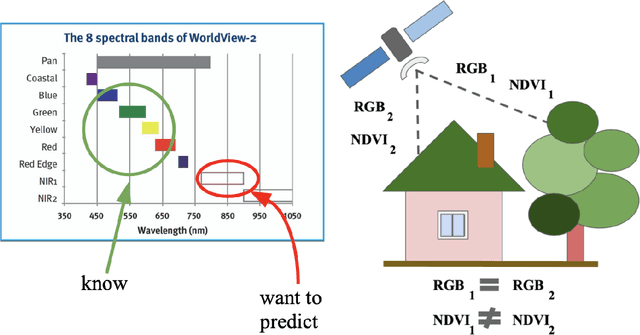

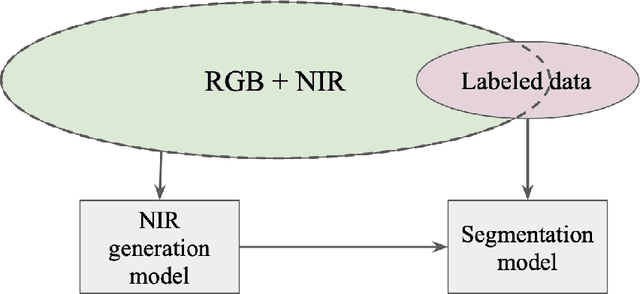

Abstract:The near-infrared (NIR) spectral range (from 780 to 2500 nm) of the multispectral remote sensing imagery provides vital information for the landcover classification, especially concerning the vegetation assessment. Despite the usefulness of NIR, common RGB is not always accompanied by it. Modern achievements in image processing via deep neural networks allow generating artificial spectral information, such as for the image colorization problem. In this research, we aim to investigate whether this approach can produce not only visually similar images but also an artificial spectral band that can improve the performance of computer vision algorithms for solving remote sensing tasks. We study the generative adversarial network (GAN) approach in the task of the NIR band generation using just RGB channels of high-resolution satellite imagery. We evaluate the impact of a generated channel on the model performance for solving the forest segmentation task. Our results show an increase in model accuracy when using generated NIR comparing to the baseline model that uses only RGB (0.947 and 0.914 F1-score accordingly). Conducted study shows the advantages of generating the extra band and its implementation in applied challenges reducing the required amount of labeled data.
Targeted change detection in remote sensing images
Mar 14, 2018Abstract:Recent developments in the remote sensing systems and image processing made it possible to propose a new method of the object classification and detection of the specific changes in the series of satellite Earth images (so called targeted change detection). In this paper we propose a formal problem statement that allows to use effectively the deep learning approach to analyze time-dependent series of remote sensing images. We also introduce a new framework for the development of deep learning models for targeted change detection and demonstrate some cases of business applications it can be used for.
Satellite imagery analysis for operational damage assessment in Emergency situations
Feb 19, 2018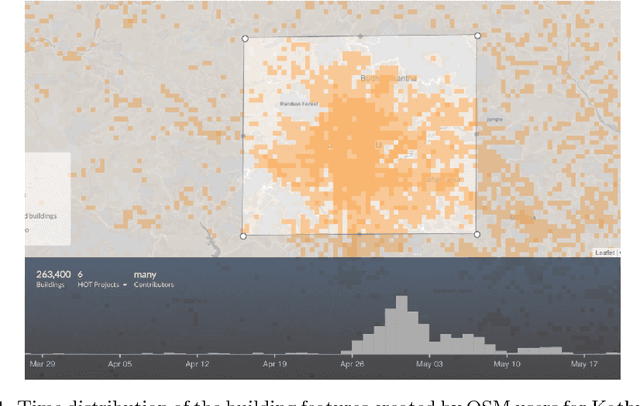
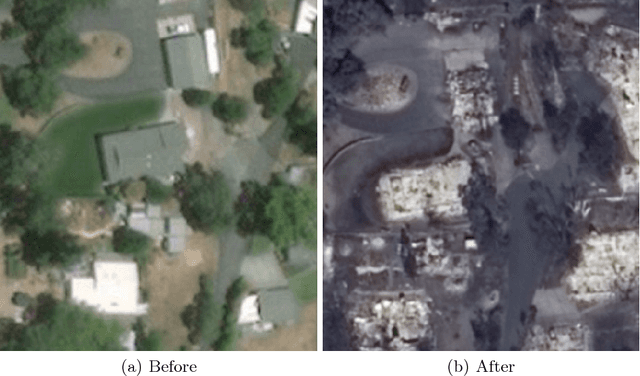
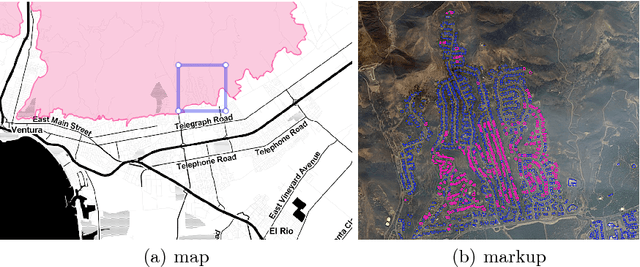
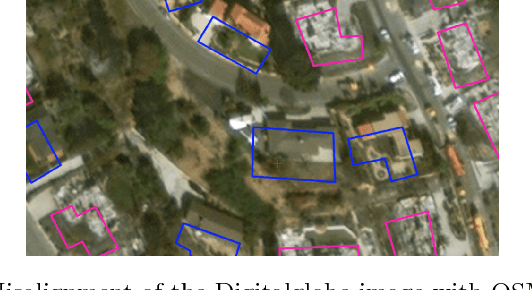
Abstract:When major disaster occurs the questions are raised how to estimate the damage in time to support the decision making process and relief efforts by local authorities or humanitarian teams. In this paper we consider the use of Machine Learning and Computer Vision on remote sensing imagery to improve time efficiency of assessment of damaged buildings in disaster affected area. We propose a general workflow that can be useful in various disaster management applications, and demonstrate the use of the proposed workflow for the assessment of the damage caused by the wildfires in California in 2017.
 Add to Chrome
Add to Chrome Add to Firefox
Add to Firefox Add to Edge
Add to Edge